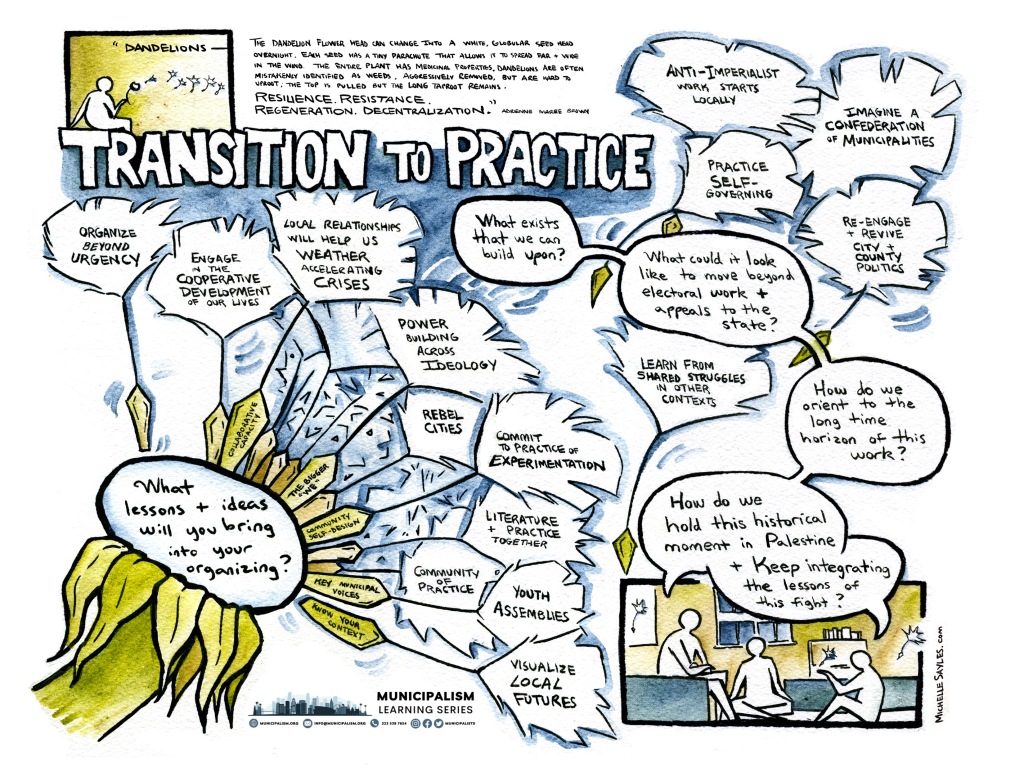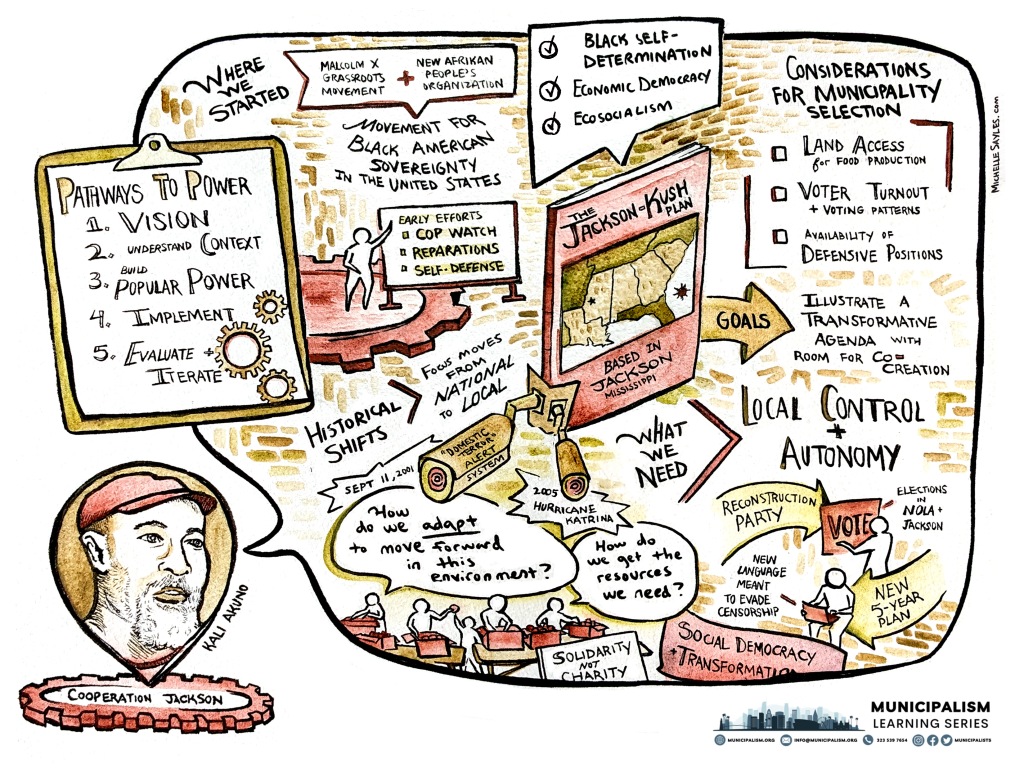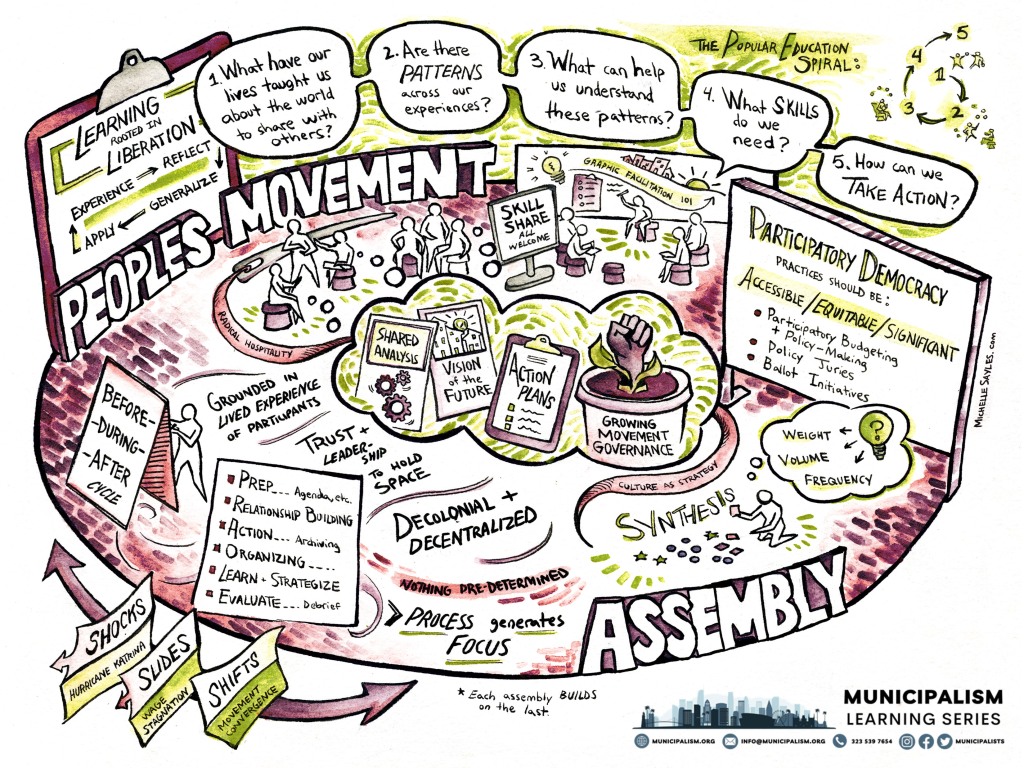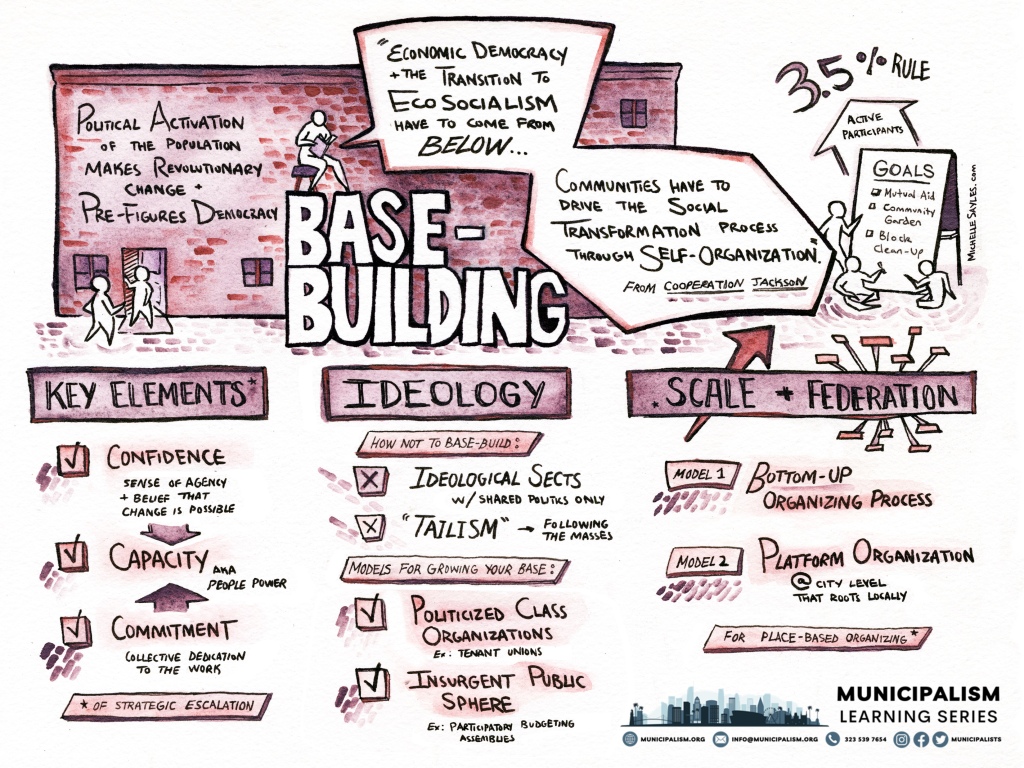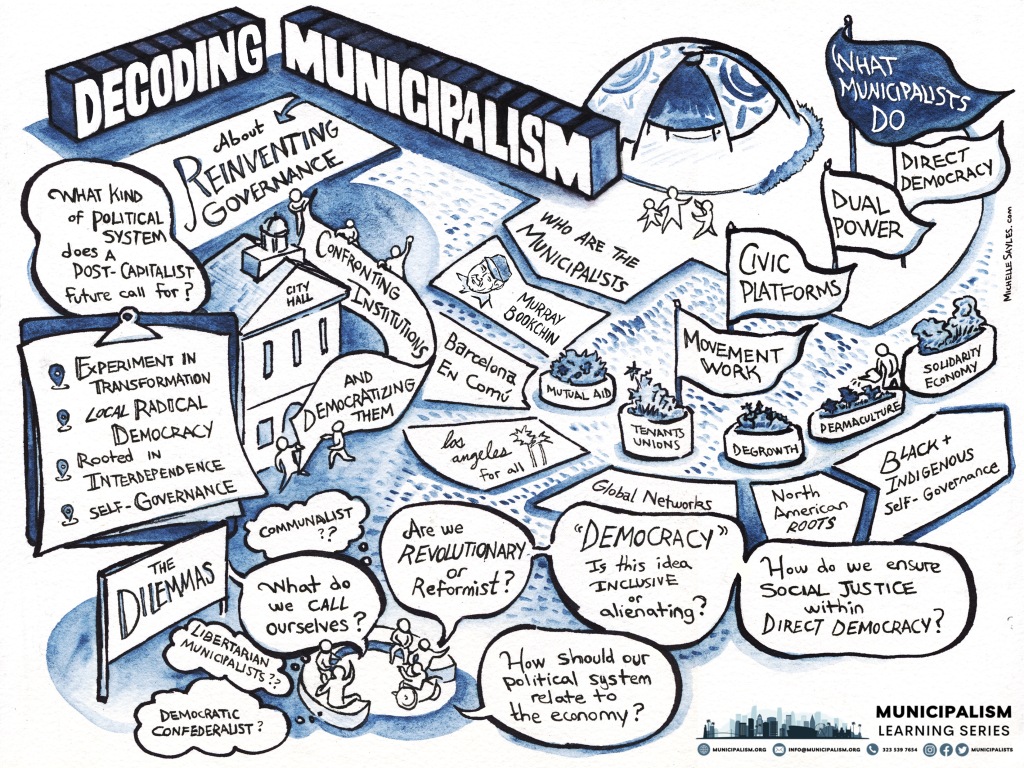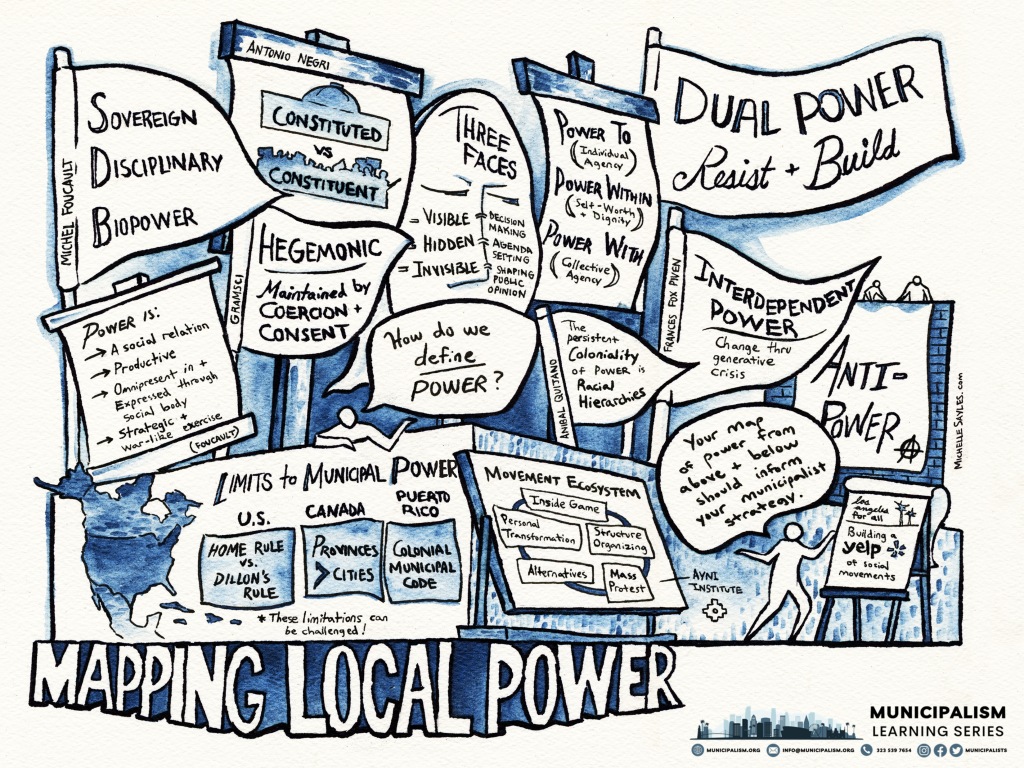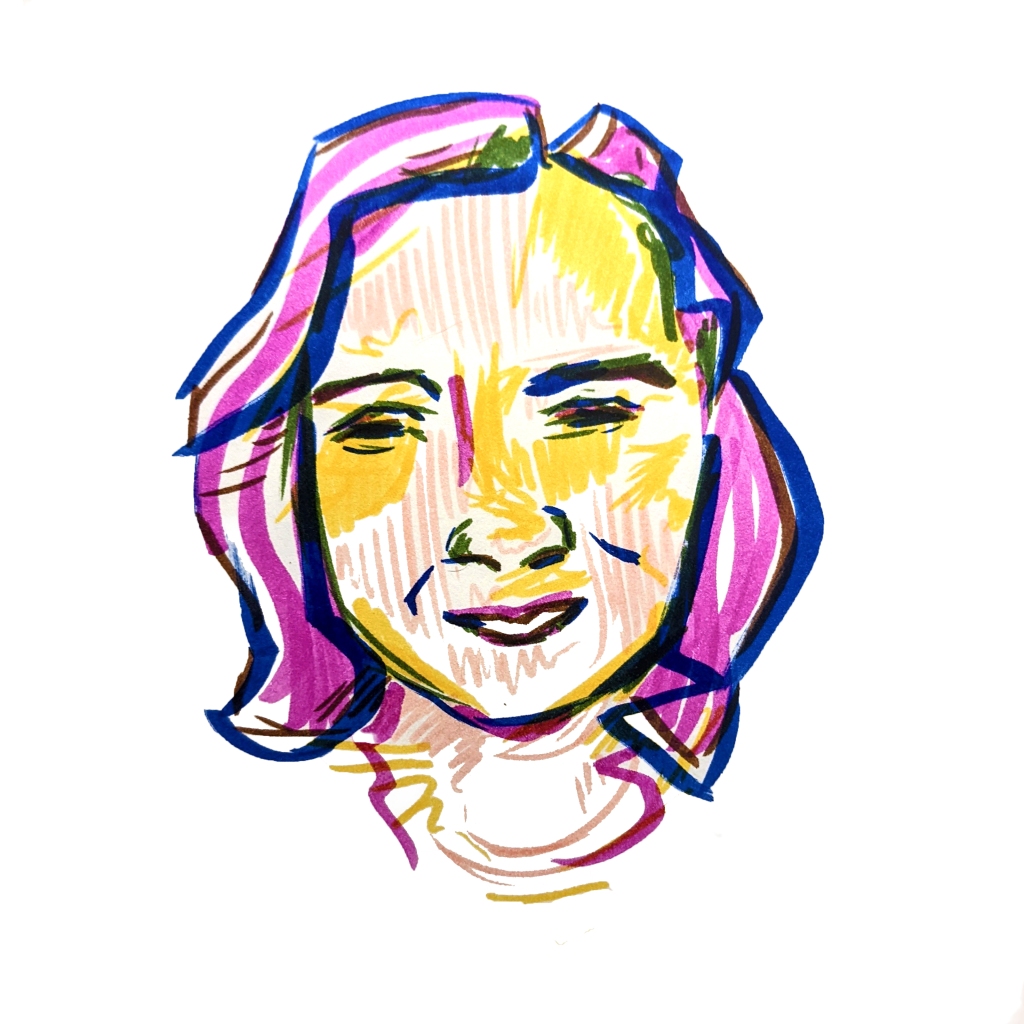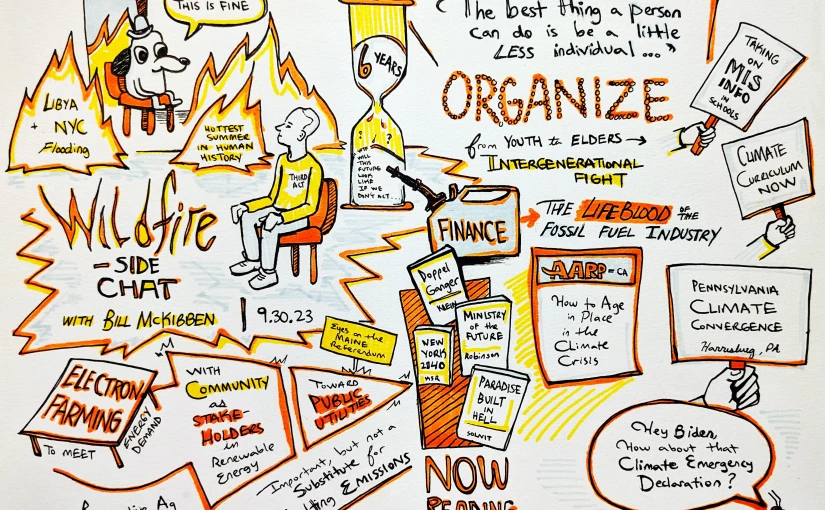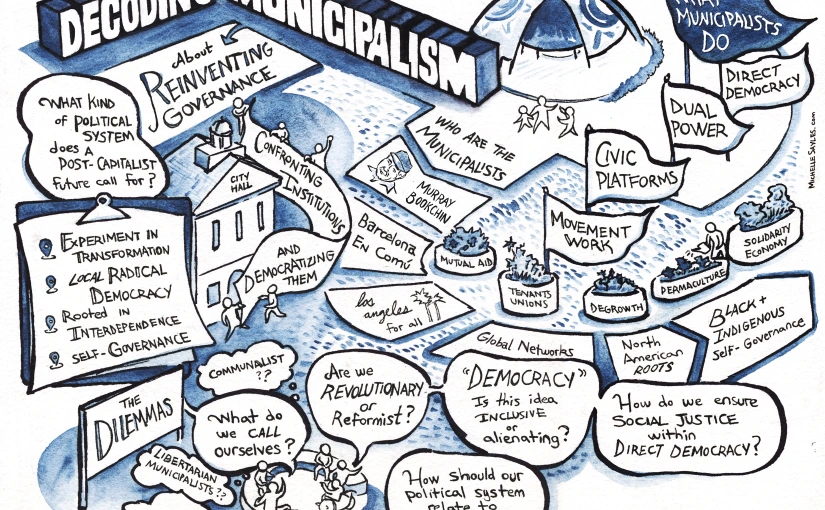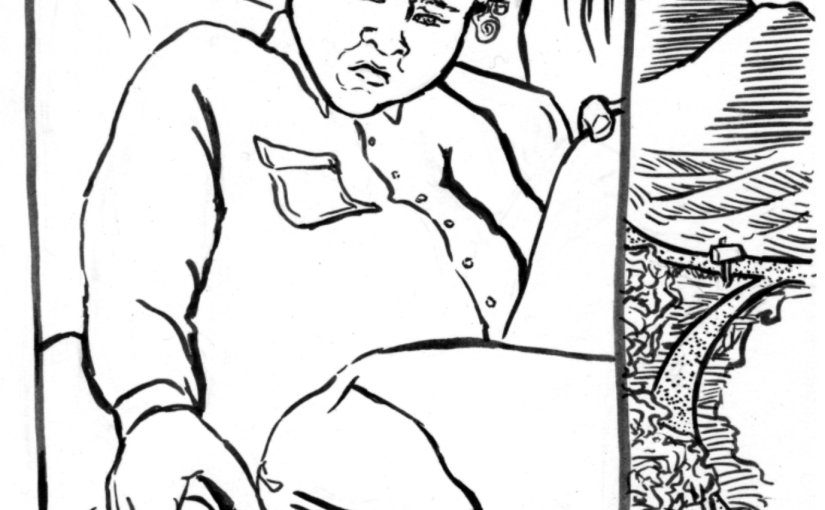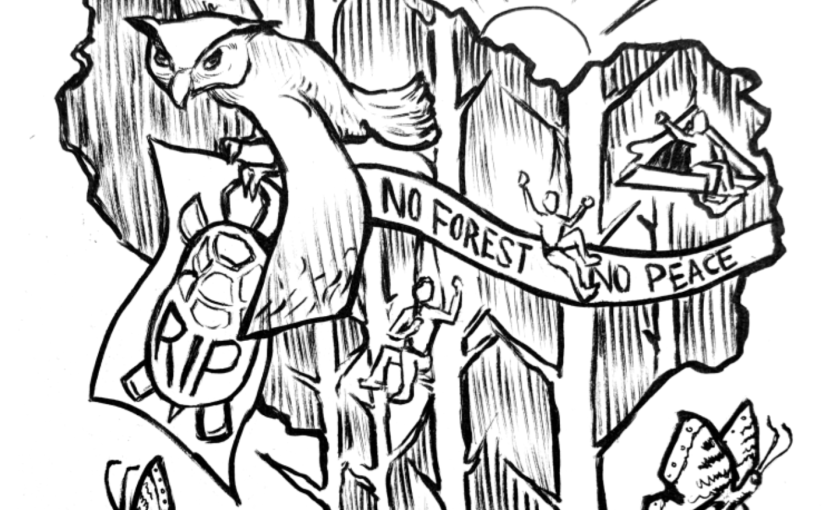Michelle Sayles is a socially-engaged artist and visual communicator. Her work was included in the graphic medicine anthology, El Viaje Más Caro/ The Most Costly Journey.
Sketchnotes. Projects.
Sign up for blog updates:
All artwork is posted with descriptive alt-text to be accessible to people who use screen readers. Learn how to create more welcoming digital spaces by writing creative image descriptions with this resource: ‘Alt-Text as Poetry‘.

